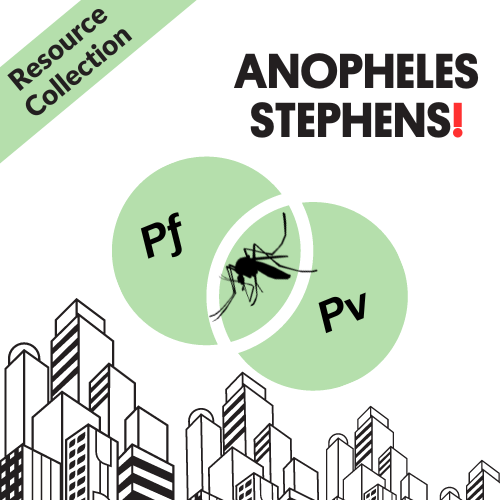Responding to the threat of Anopheles stephensi invasion
Published: 02/02/2024
The emergence of the invasive malaria vector Anopheles stephensi, traditionally an Asian malaria vector, has now been detected in various parts of Africa where the burden of malaria is highest.
WHO Global Malaria Program (GMP) released a Vector alert which identified the invasion of An. stephensi as a major potential threat to malaria control and elimination in the Horn of Africa and Sri Lanka. An. stephensi is now firmly established in urban settings in the Horn of Africa.
A WHO initiative was also launched to support an effective response to An. stephensi on the African continent. The documents released by WHO offer guidance on surveillance, detection, control and potential elimination of An. stephensi. They also encourage a harmonised approach to mapping and reporting areas in which it has been detected or not found.
In line with the WHO’s initiative to stop the spread of to An. stephensi in Africa, MESA has compiled a collection of resources to aid information exchange. In addition, MESA has carried out a Deep Dive on ongoing An. stephensi research. This landscape review, with a synthesis report, provides a comprehensive overview of research on An. stephensi and aids in understanding the evolving landscape with actionable data that can inform decisions for research prioritisation and resource allocation for its control in an integrated manner. Furthermore, the MESA Forum – Responding to the threat of An. stephensi invasion in Africa aimed to raise awareness and facilitate information sharing among malaria stakeholders involved in the fight against this invasive species.
The collection of resources below is a growing archive of useful resources to support an effective response to An stephensi.




